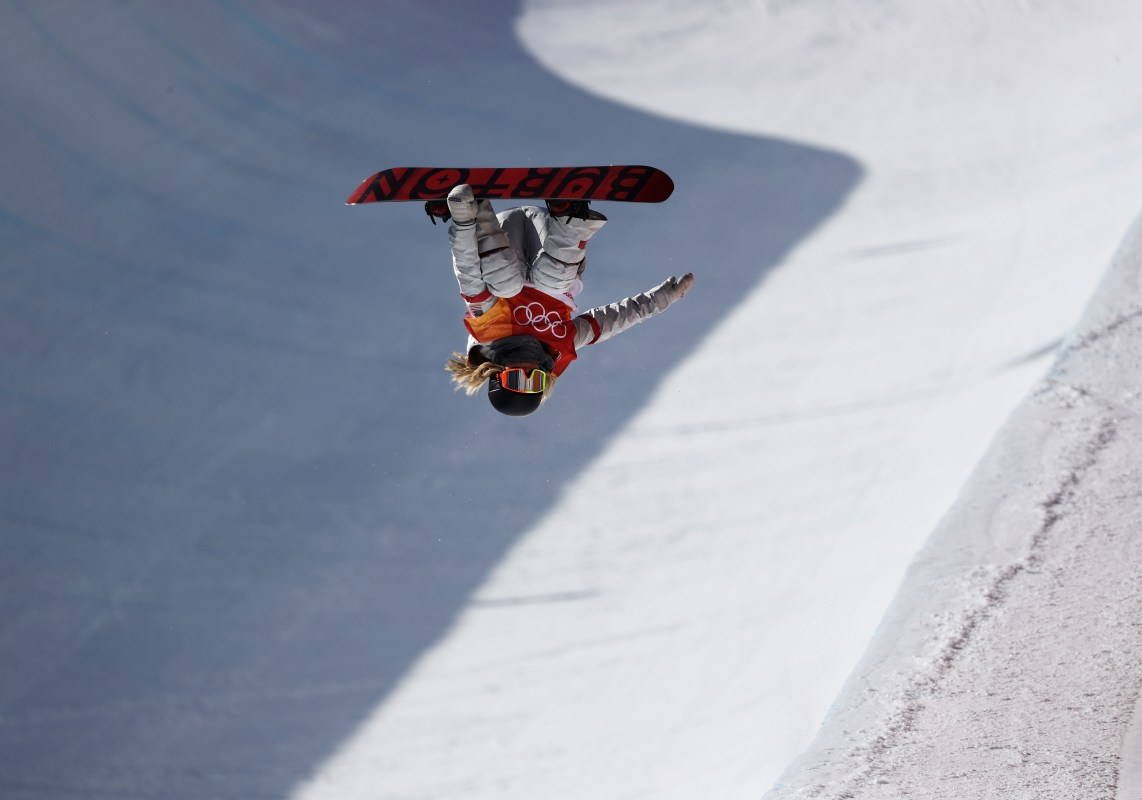It looks impossible: athletes who do a quadruple cork or a triple-twisting triple backflip. How on earth do they learn to do it? For starters, they get on a trampoline. Or they throw themselves into a foam pit. But that still doesn’t explain how they strap wood to their feet and perform these skills on hard snow and ice without hurting themselves. On a trip to Utah Olympic Park, Nick Pachelli of Esquire found the answer: giant swimming pools and airbags the size of a football field. There are 20-foot ramps that lead to one of the giant swimming pools. Freestyle skiers can add an extra twist or flip to their performance by strapping on a life vest or light-weight skis with holes in them. The water isn’t necessarily a soft landing. The athletes still get as high as 60 feet in the air and essentially free fall, which definitely hurts on impact. But they have also found a way to monetize this, which helps because winter athletes don’t make much money. They put on shows all summer for those of us who will never stop watching people flip while they are flying through the air.
The Charge will help you move better, think clearer and stay in the game longer. Subscribe to our wellness newsletter today.


















